Navigating the Labyrinth: A Complete Information to the US Time Zone Map
Associated Articles: Navigating the Labyrinth: A Complete Information to the US Time Zone Map
Introduction
With nice pleasure, we are going to discover the intriguing matter associated to Navigating the Labyrinth: A Complete Information to the US Time Zone Map. Let’s weave attention-grabbing info and supply contemporary views to the readers.
Desk of Content material
Navigating the Labyrinth: A Complete Information to the US Time Zone Map
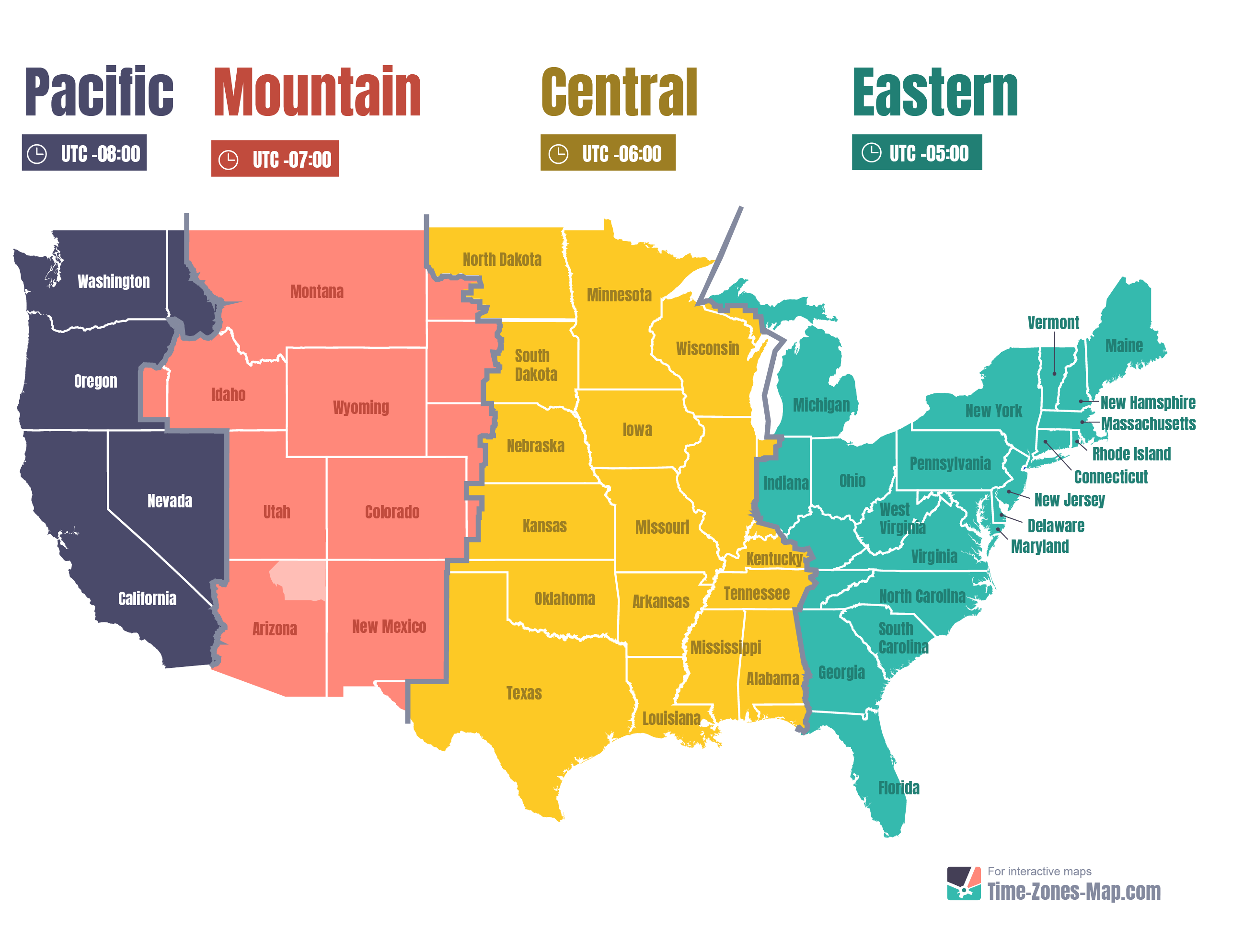
America, an enormous nation sprawling throughout a number of levels of longitude, employs a fancy system of time zones to make sure environment friendly scheduling and day by day life. Understanding this technique requires greater than a cursory look at a map; it necessitates delving into the historic context, the geographical nuances, and the sometimes perplexing exceptions that outline the present configuration. This text supplies a complete overview of the US time zone map, explaining its intricacies and providing insights into its evolution.
The 4 Main Time Zones:
The spine of the US time zone system rests on 4 major zones:
-
Japanese Commonplace Time (EST): Probably the most populous time zone, encompassing the japanese seaboard and components of the Midwest. Throughout Daylight Saving Time (DST), it shifts to Japanese Daylight Time (EDT). Main cities embrace New York Metropolis, Boston, Atlanta, and Miami.
-
Central Commonplace Time (CST): Positioned within the central a part of the nation, CST contains main cities like Chicago, Dallas, Houston, and St. Louis. It observes Central Daylight Time (CDT) throughout DST.
-
Mountain Commonplace Time (MST): Masking the mountainous areas of the western US, MST contains Denver, Salt Lake Metropolis, and Phoenix (though Phoenix does not observe DST). Throughout DST, it turns into Mountain Daylight Time (MDT).
-
Pacific Commonplace Time (PST): The westernmost time zone, PST encompasses the Pacific coast, together with Los Angeles, San Francisco, Seattle, and Portland. It transitions to Pacific Daylight Time (PDT) throughout DST.
Daylight Saving Time (DST):
The introduction of DST, usually noticed from March to November, complicates the map additional. Whereas a lot of the nation observes DST, some areas, notably Arizona (excluding the Navajo Nation), Hawaii, and components of the US territories, stay on customary time year-round. This creates pockets of differing time observations inside the broader time zone designations. The rationale behind DST is to maximise daylight throughout the hotter months, though its effectiveness stays a topic of ongoing debate.
The Irregularities and Exceptions:
The US time zone map is not a clear, geometric division. A number of elements contribute to its irregularities:
-
State Strains and Time Zone Boundaries: Time zone boundaries hardly ever align exactly with state strains. A single state can typically be cut up throughout a number of time zones, resulting in inside variations inside a state’s timekeeping. For instance, components of Florida observe EST whereas others are in CST. Equally, Nebraska and South Dakota have parts in each Central and Mountain Time Zones.
-
Political and Sensible Issues: The institution of time zones wasn’t solely based mostly on geographical longitude. Political boundaries, financial concerns, and the will for regional cohesion have influenced the ultimate map. This explains a few of the seemingly illogical divisions.
-
Indigenous Reservations: The Navajo Nation in Arizona and New Mexico observes DST, regardless of the remainder of Arizona remaining on customary time. This highlights the autonomous authority of indigenous nations in setting their very own time requirements.
-
Geographic Options: Mountain ranges and different geographical options can affect the exact boundaries of time zones, resulting in refined shifts and changes to accommodate native situations.
-
Worldwide Border Issues: The time zone boundaries alongside the US-Canada and US-Mexico borders are coordinated to make sure consistency and reduce confusion throughout worldwide strains.
Historic Evolution of the US Time Zone System:
The present system wasn’t established in a single day. Its evolution is an interesting mix of technological developments, societal wants, and political compromises:
-
Earlier than Commonplace Time: Previous to the late nineteenth century, every neighborhood largely set its personal native time, resulting in chaos in scheduling and transportation. The arrival of railroads highlighted the pressing want for a standardized system.
-
The Commonplace Time Act of 1918: This act established 4 time zones throughout the continental US, laying the groundwork for the system we use at this time. Nonetheless, it was repealed in 1919 because of opposition.
-
The Commonplace Time Act of 1966: This act re-established the 4 time zones and launched the idea of Daylight Saving Time on a nationwide foundation (with some exceptions). This act is the inspiration of the present system.
-
Ongoing Changes and Debates: The system has undergone minor changes and refinements through the years, with ongoing debates surrounding the efficacy and impression of Daylight Saving Time. Proposals for its abolition or modification proceed to be debated in Congress.
Navigating the Map Virtually:
Understanding the US time zone map is essential for numerous functions, from scheduling enterprise conferences to planning journey itineraries. Listed here are some sensible suggestions:
-
Make the most of On-line Sources: Quite a few web sites and apps present interactive time zone maps, permitting you to pinpoint the time zone of any location with precision.
-
Verify Native Time: All the time confirm the native time of your vacation spot, notably if crossing time zone boundaries.
-
Account for DST: Bear in mind to consider Daylight Saving Time when scheduling actions or making journey preparations, notably throughout the transition intervals.
-
Seek the advice of Official Sources: Consult with official authorities web sites for probably the most correct and up-to-date info on time zones and DST observance.
The Way forward for the US Time Zone Map:
The US time zone system, whereas practical, is way from excellent. Ongoing discussions about the advantages and downsides of Daylight Saving Time, together with potential changes to higher align with geographical realities, counsel that the map might proceed to evolve within the coming years. Technological developments, notably in communication and transportation, might also affect future revisions. The talk over whether or not to undertake a everlasting customary time or daylight time throughout the nation continues to be a subject of serious public and political dialogue. The potential ramifications on numerous sectors, together with agriculture, transportation, and public well being, are all fastidiously thought of in these ongoing conversations.
In conclusion, the US time zone map is a fancy tapestry woven from historic context, geographical realities, and political choices. Understanding its intricacies is important for efficient navigation inside the US and for appreciating the historic and ongoing evolution of timekeeping on this huge and numerous nation. Whereas the present system serves its function, the continuing discussions and potential future modifications spotlight the dynamic nature of this seemingly static map. The seemingly easy act of telling time reveals a deeper story of standardization, adaptation, and the continuing negotiation between human comfort and pure rhythms.
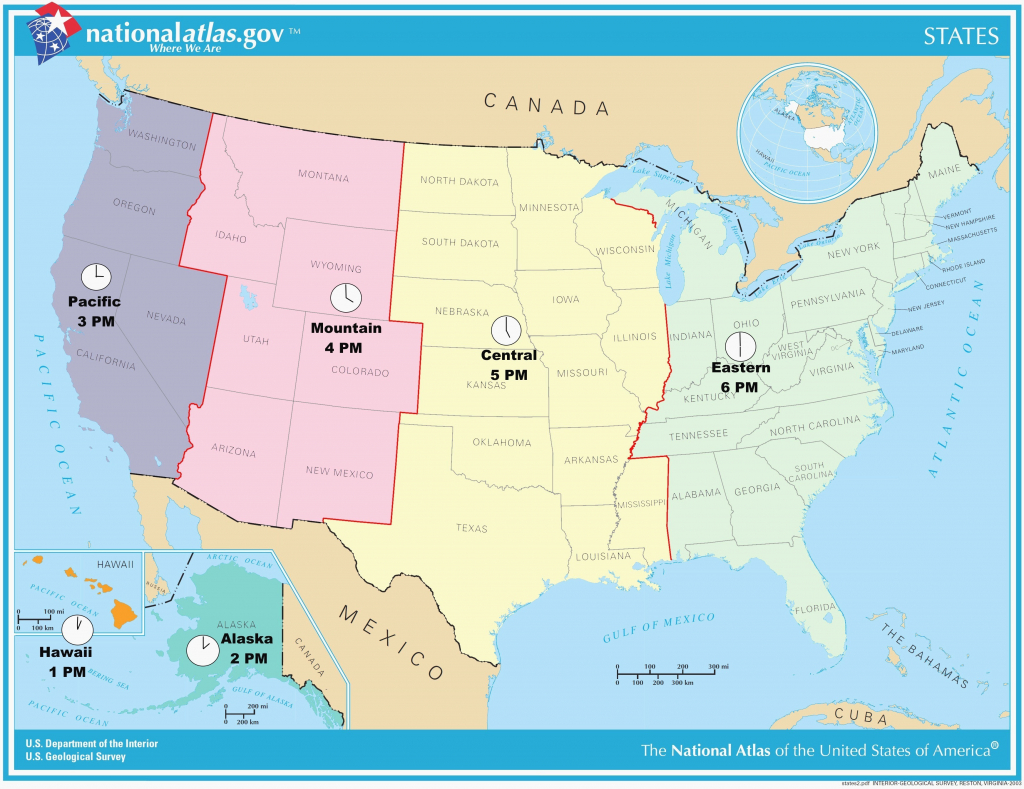
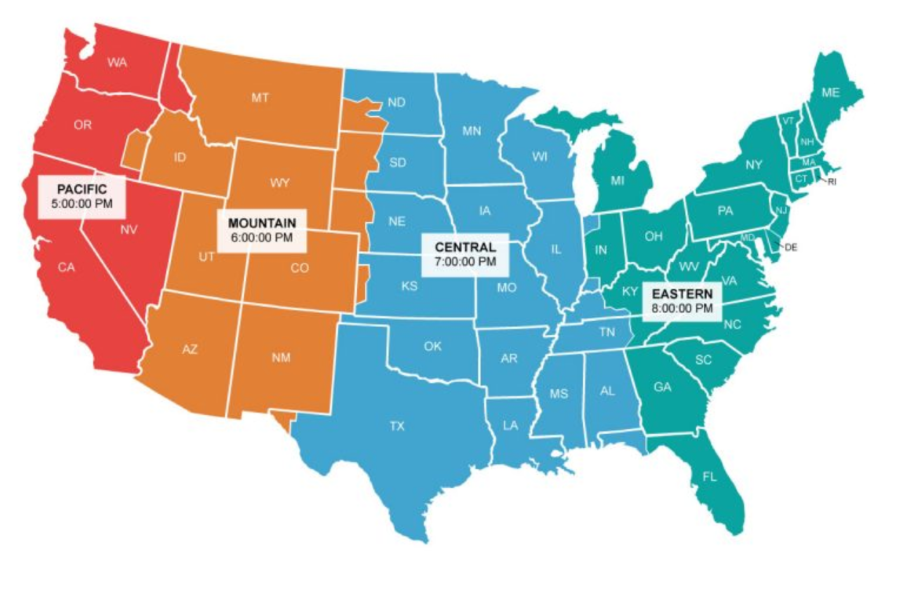


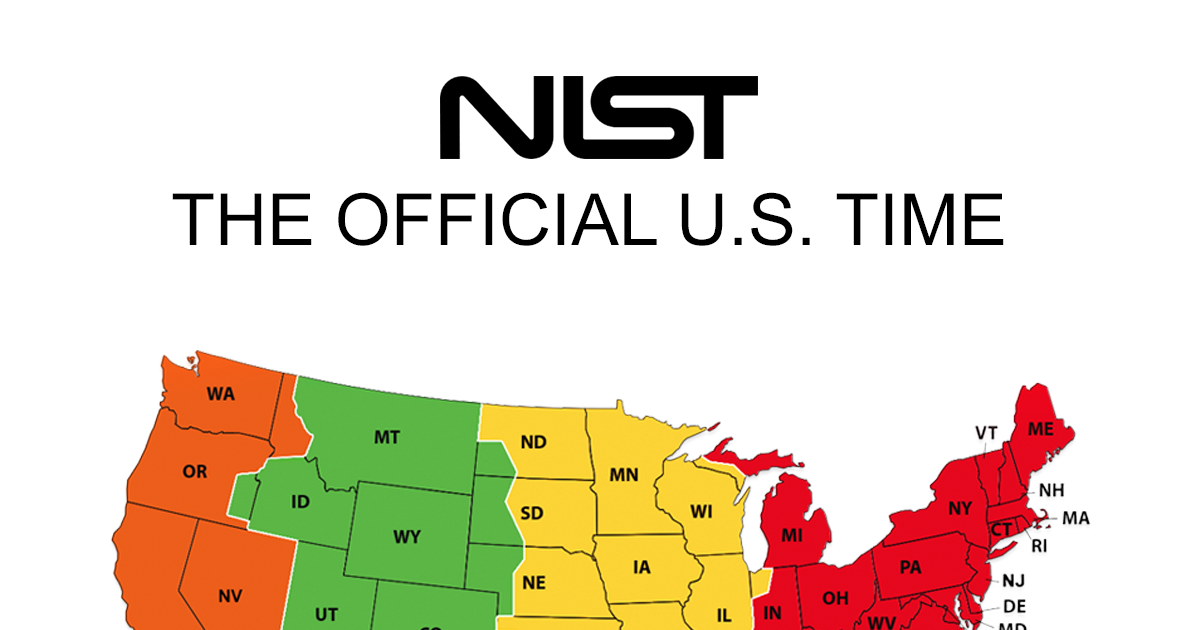
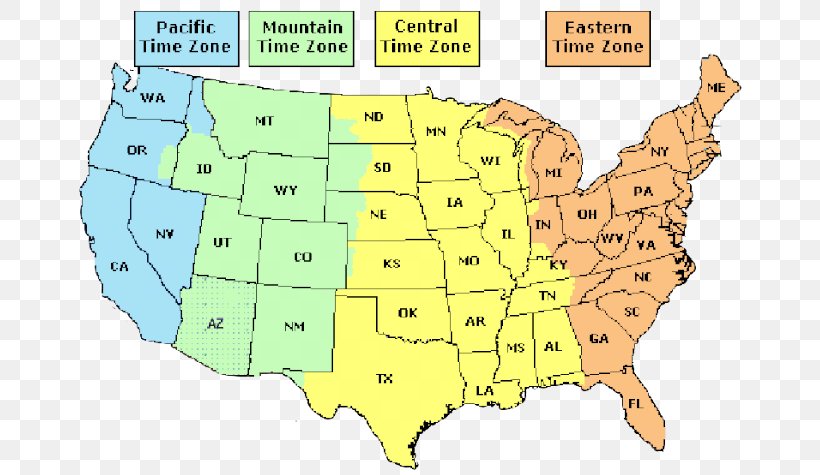
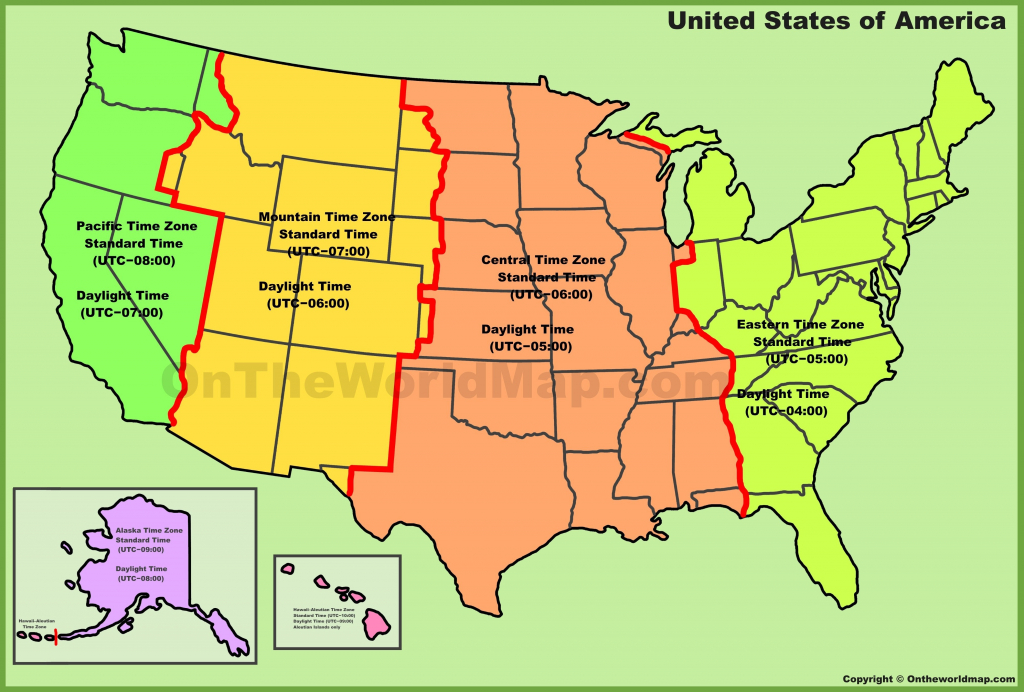
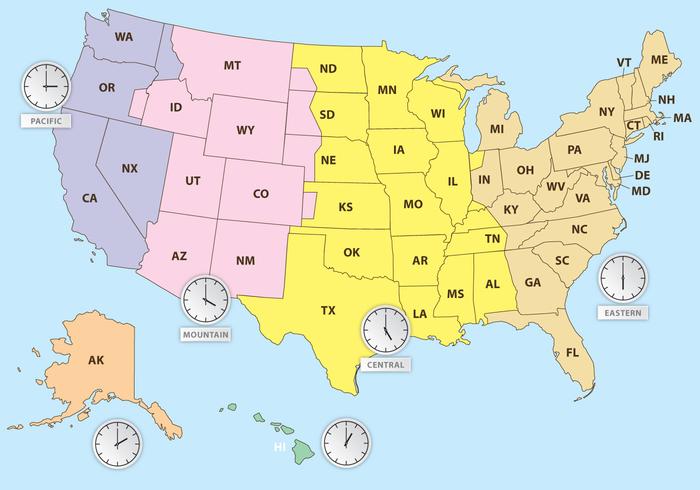
Closure
Thus, we hope this text has supplied invaluable insights into Navigating the Labyrinth: A Complete Information to the US Time Zone Map. We respect your consideration to our article. See you in our subsequent article!